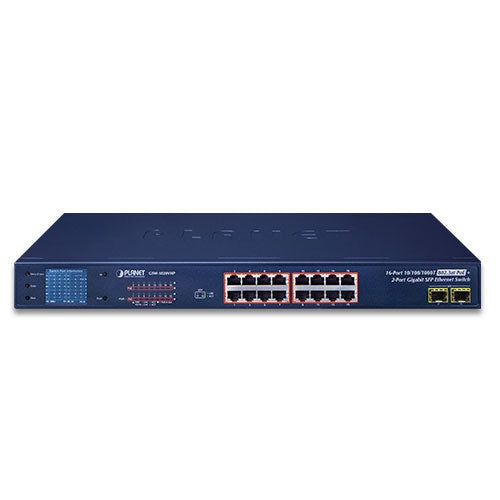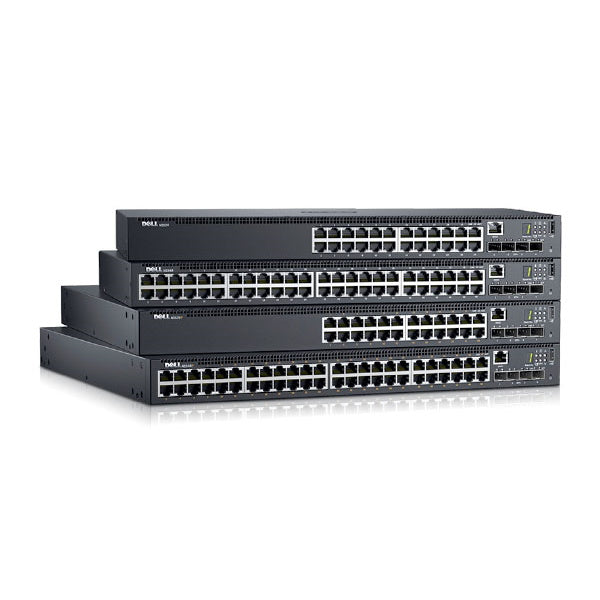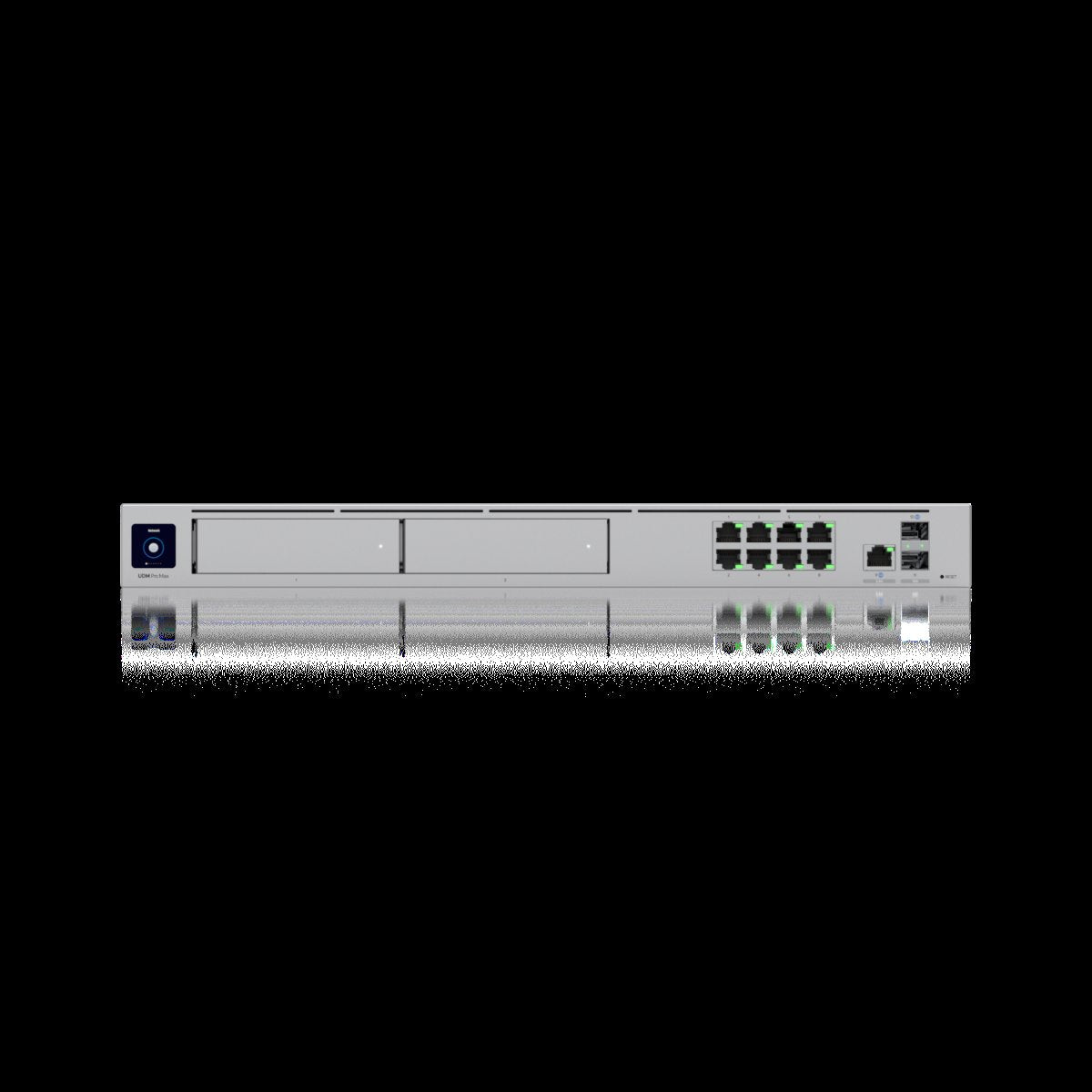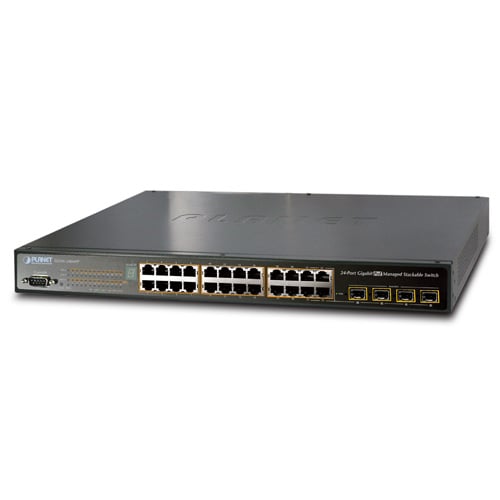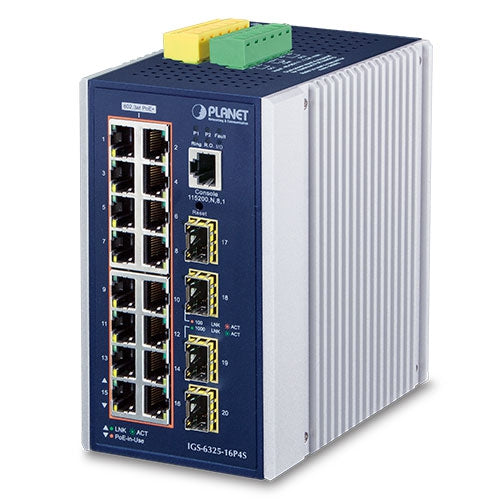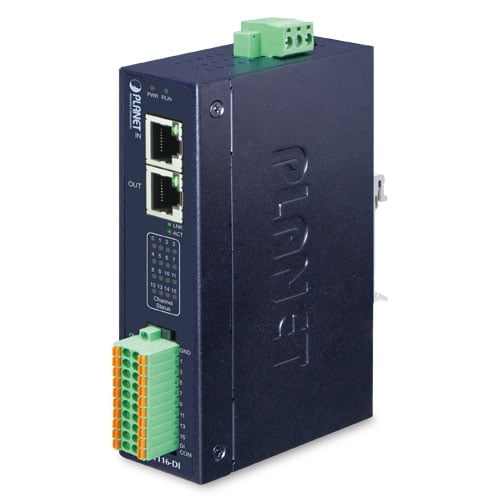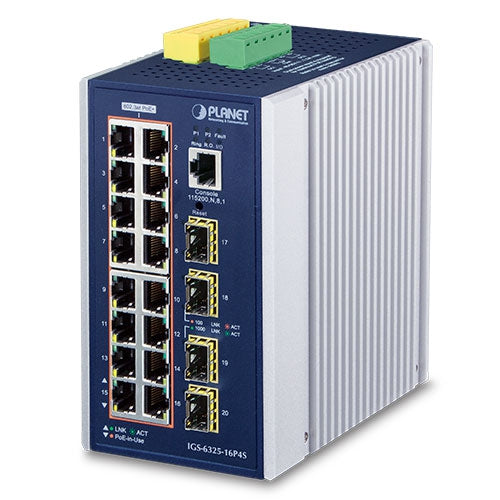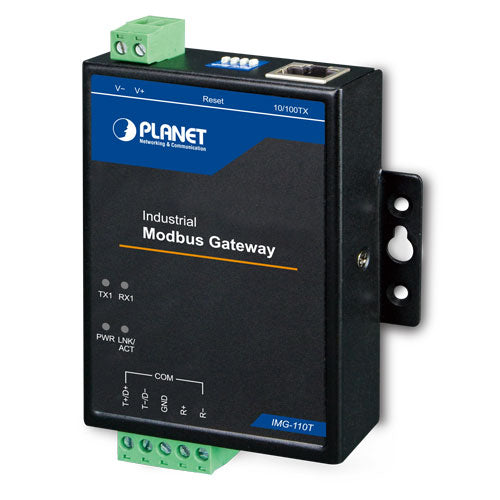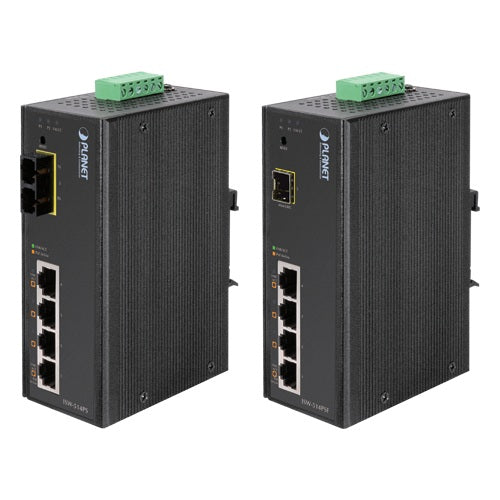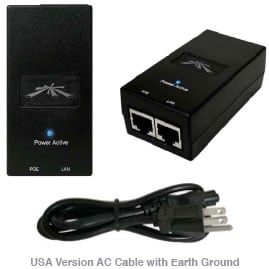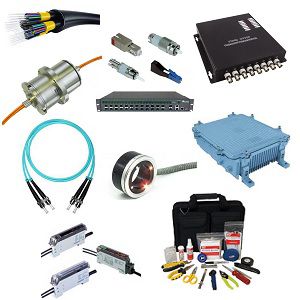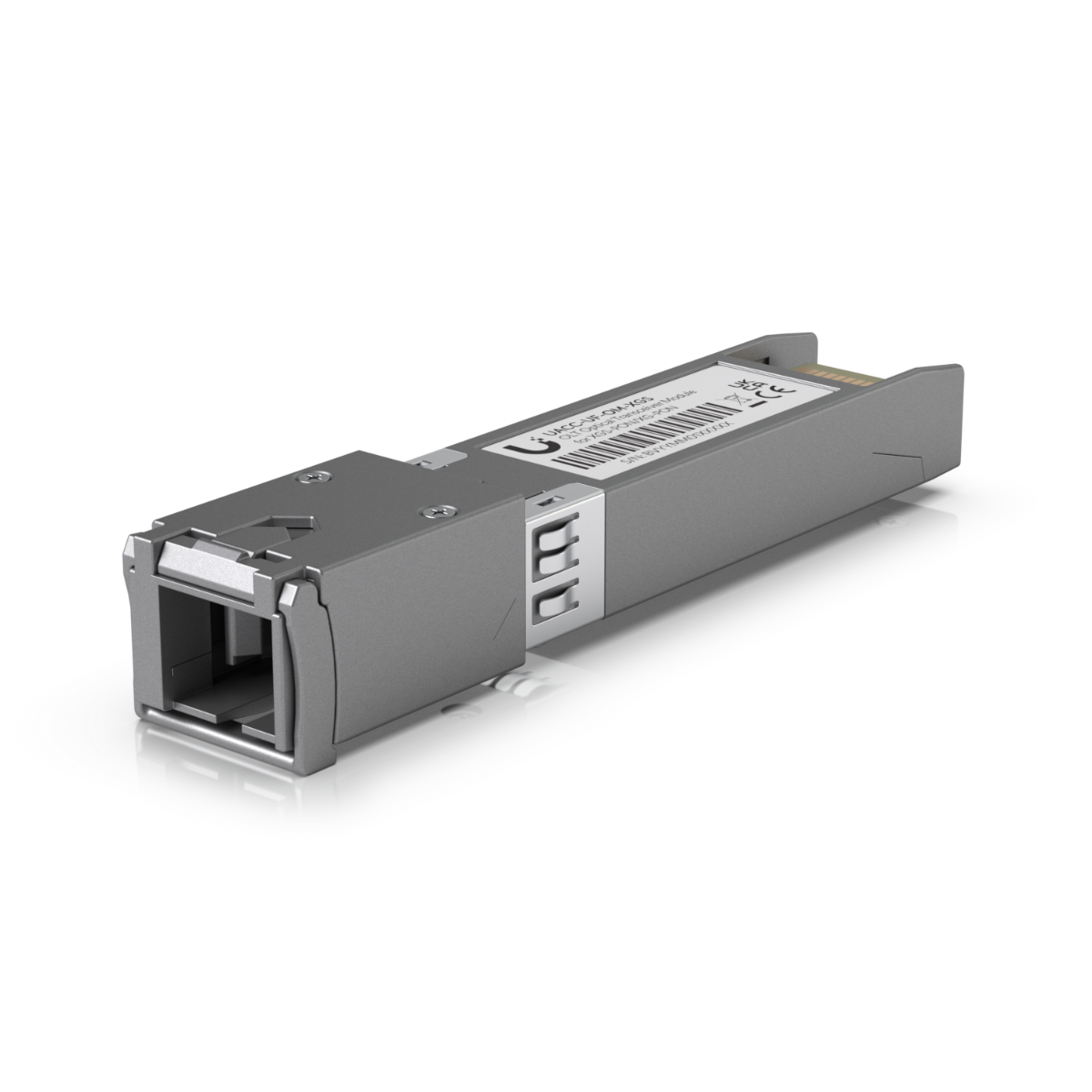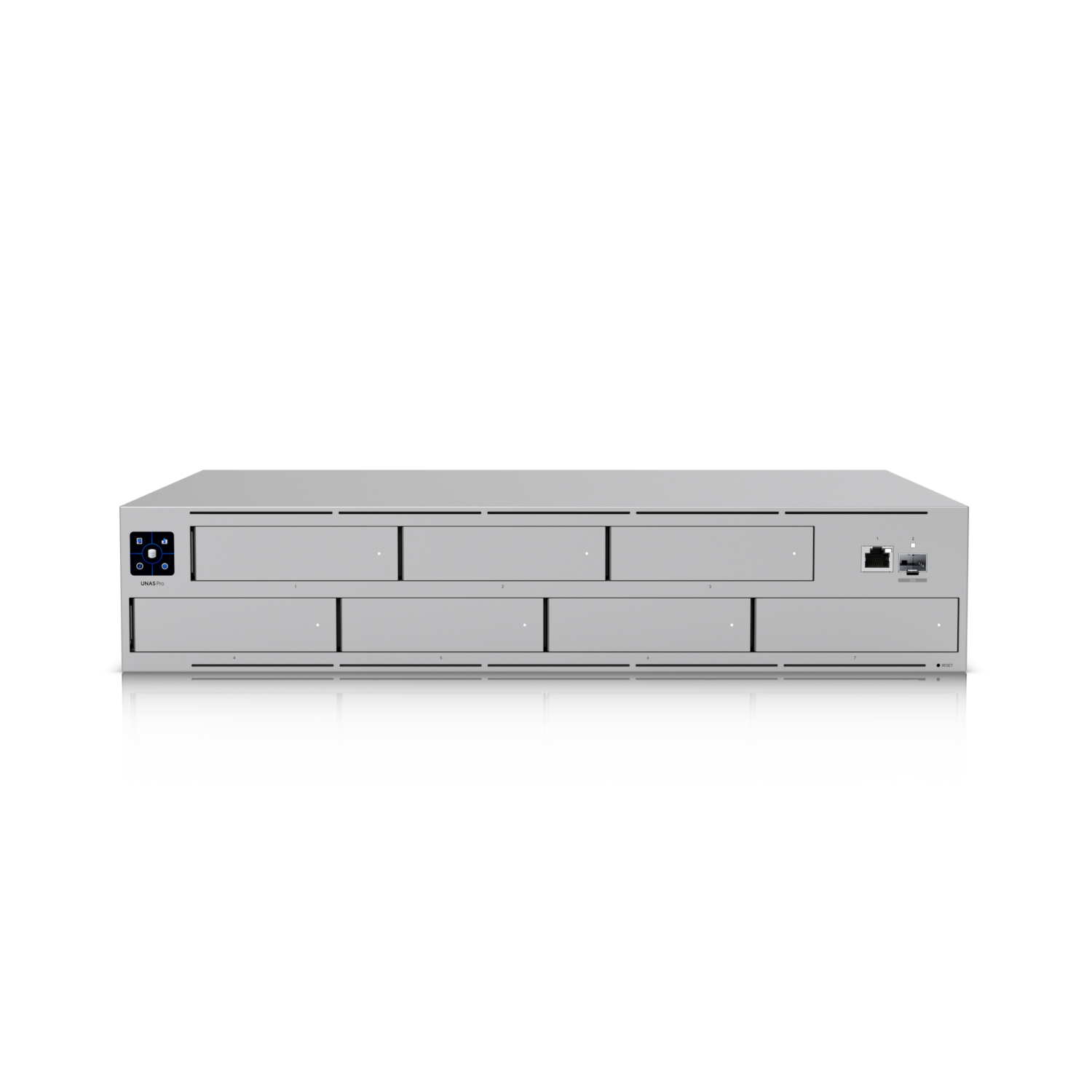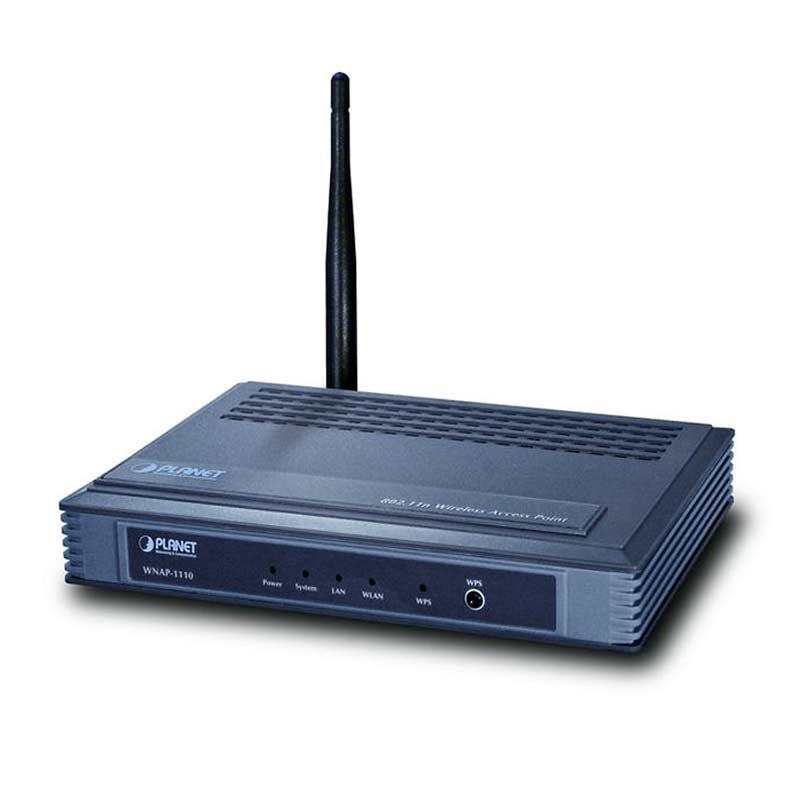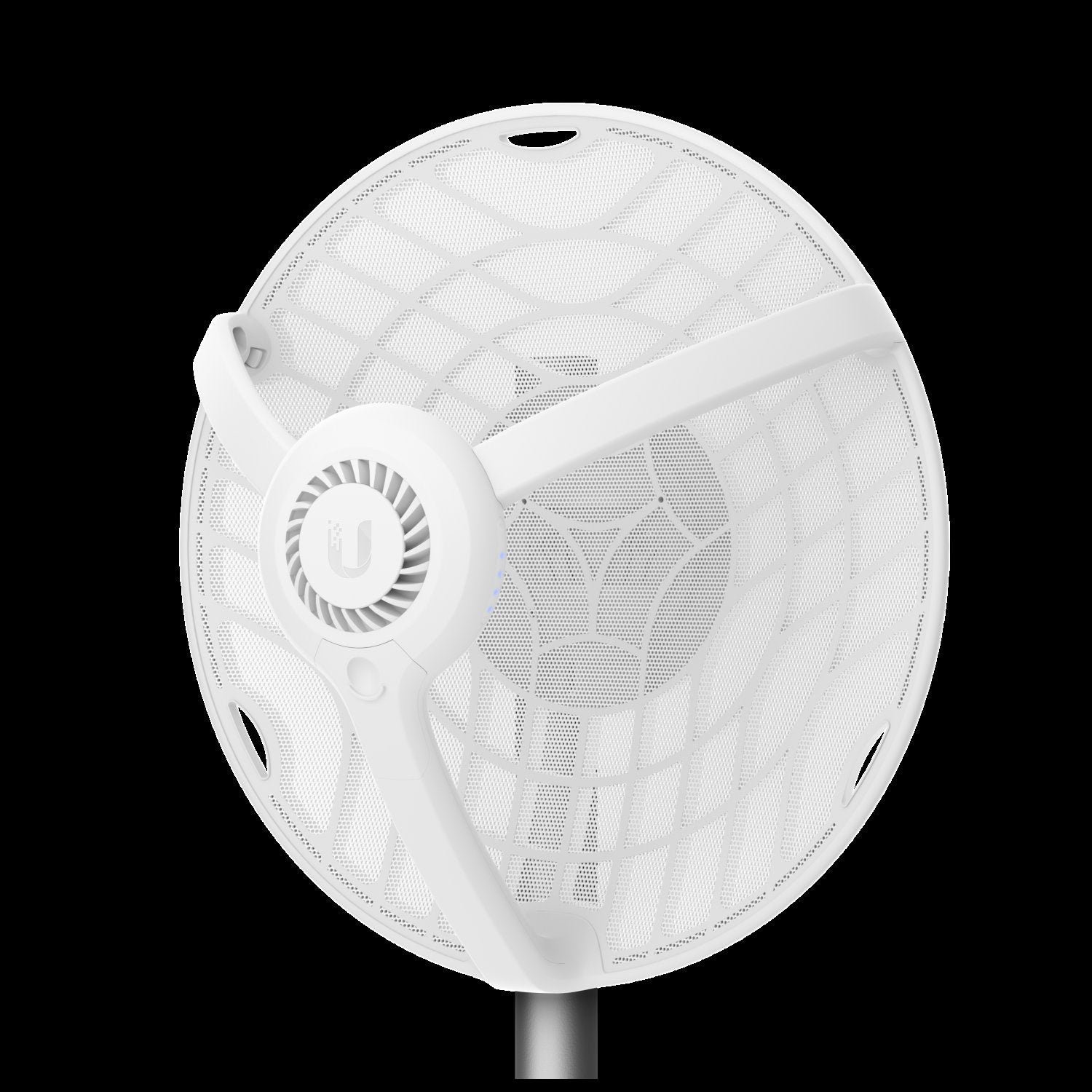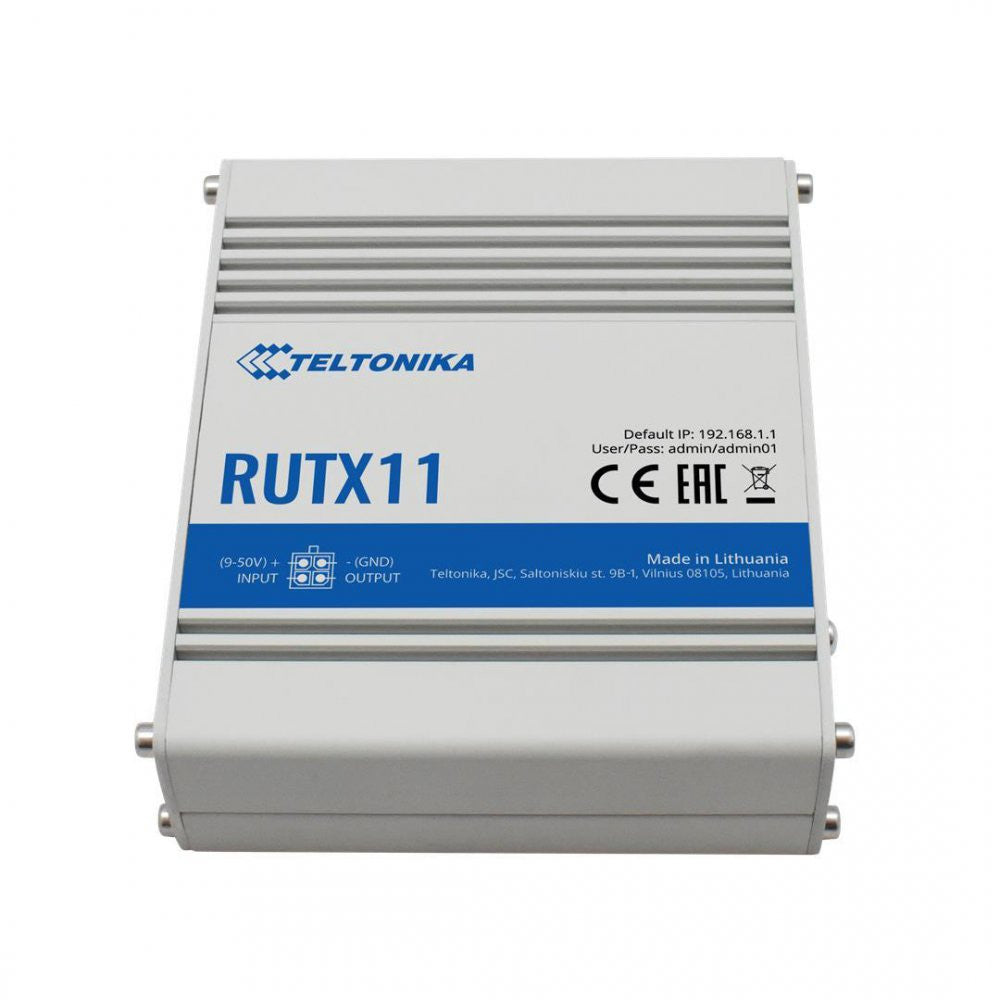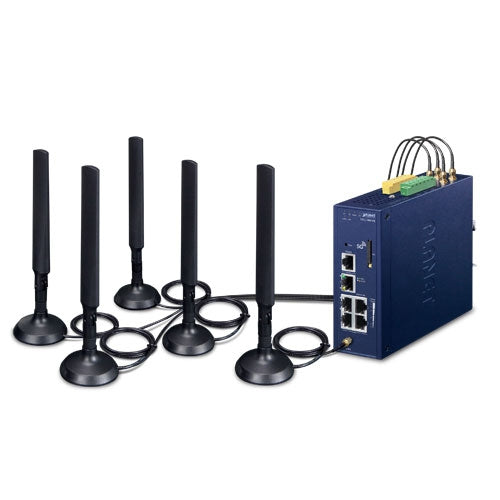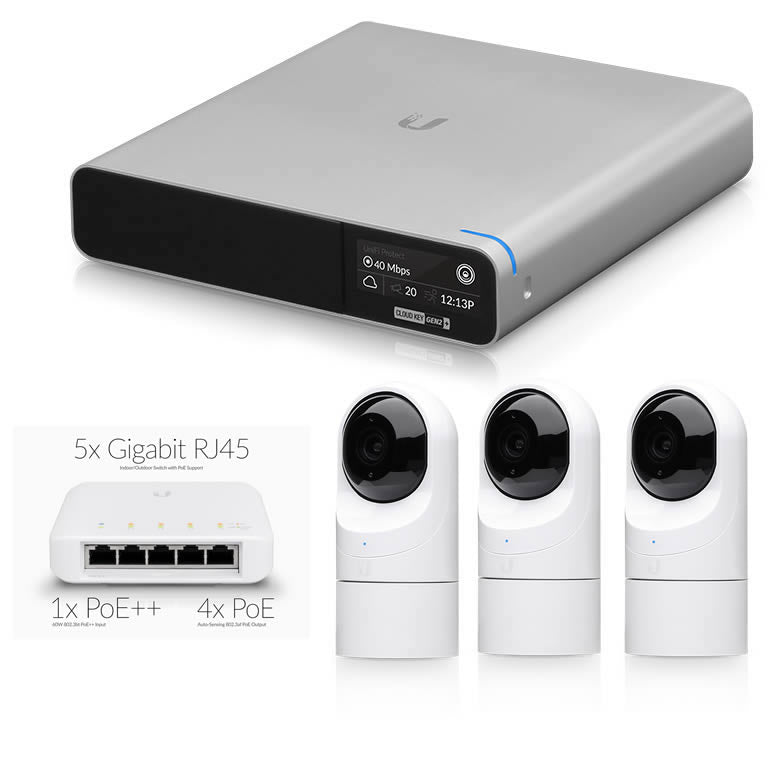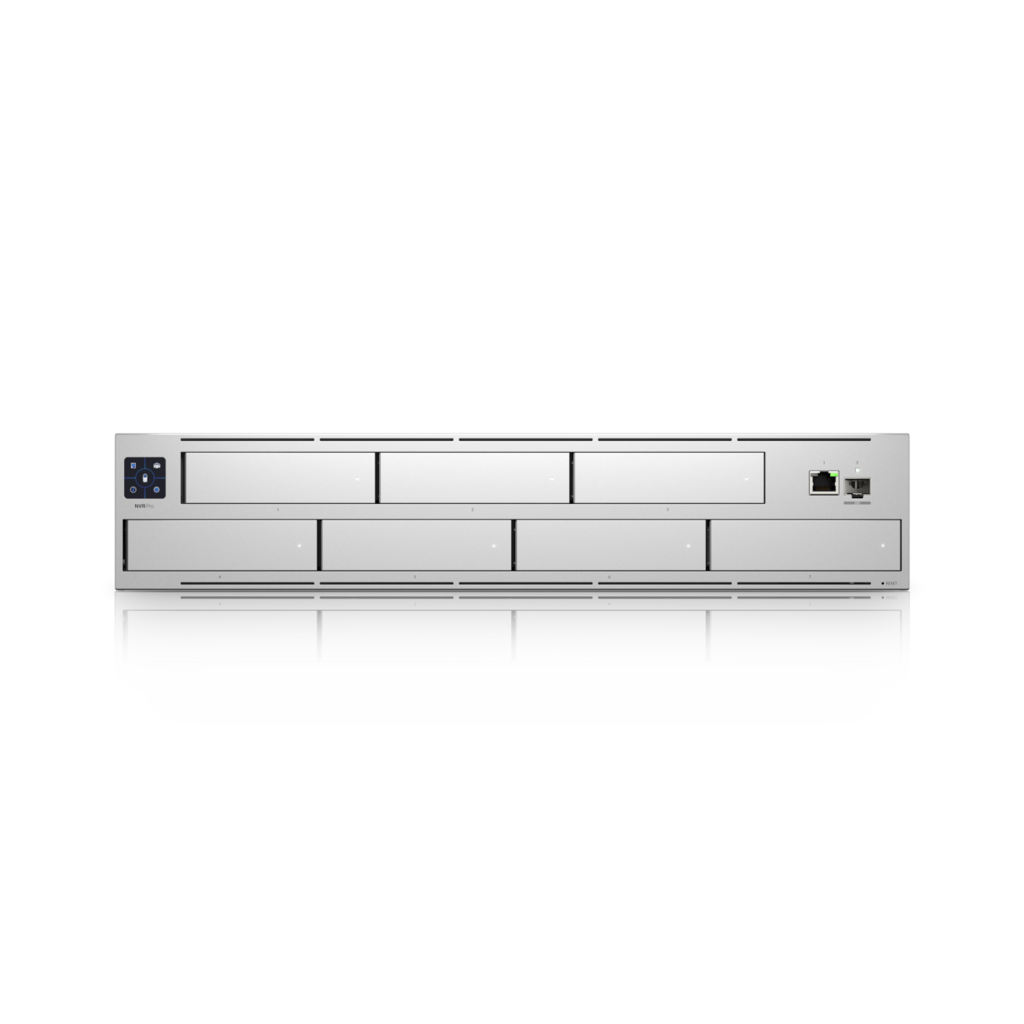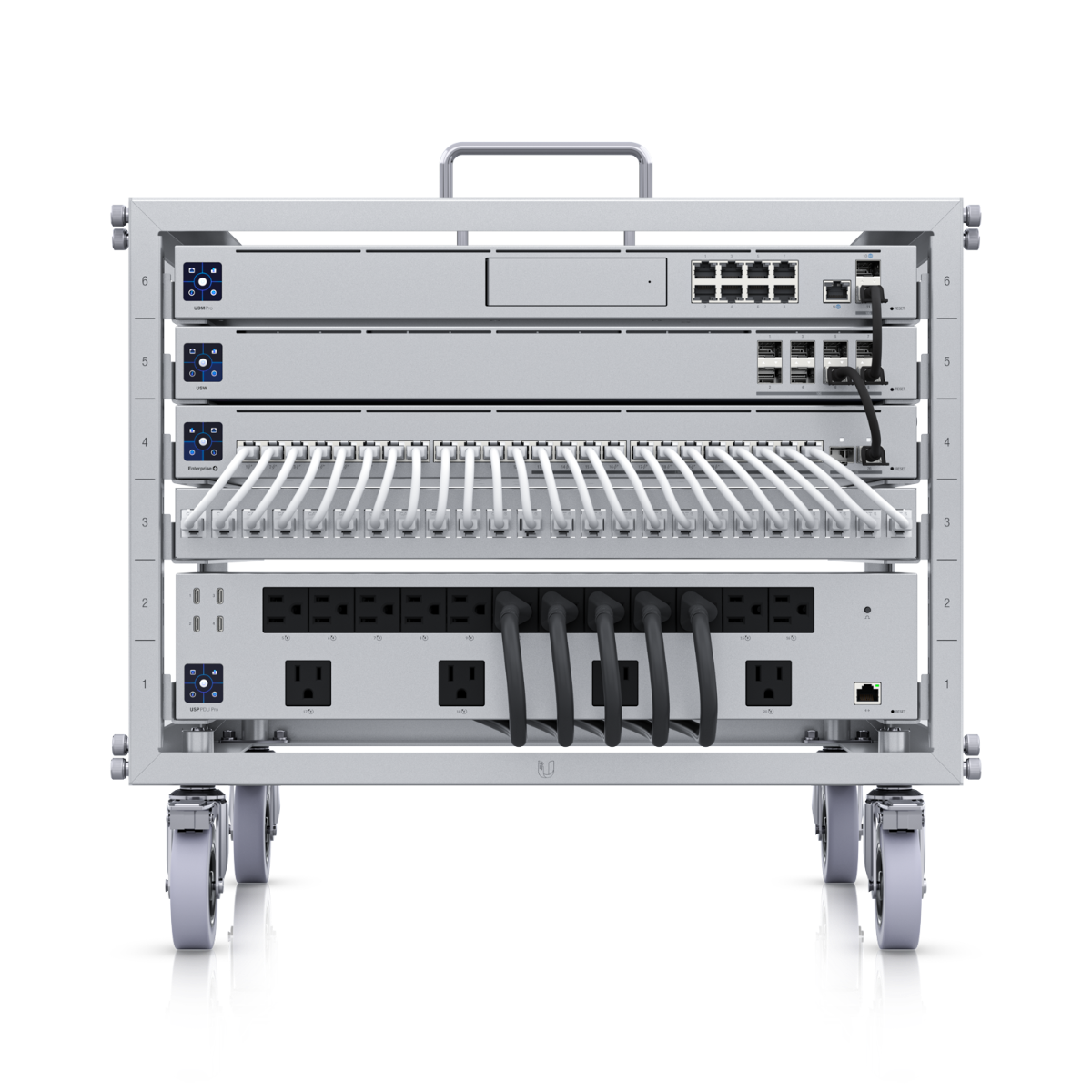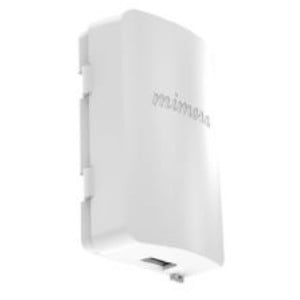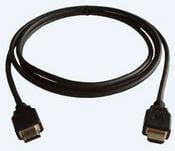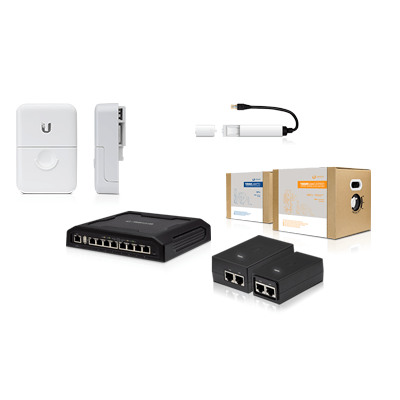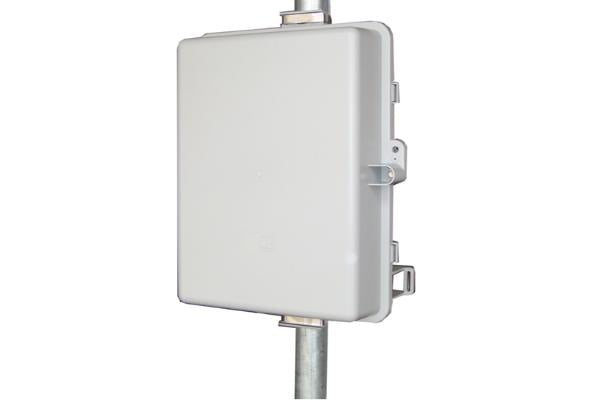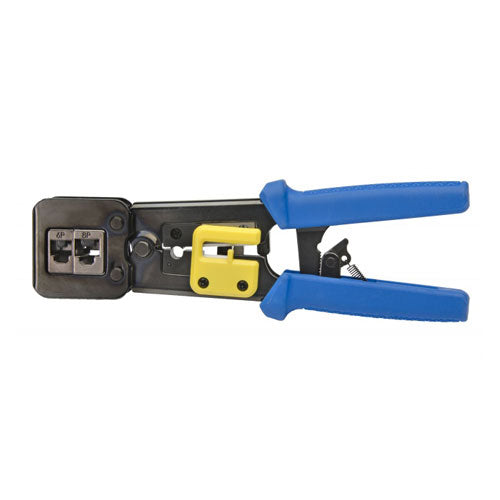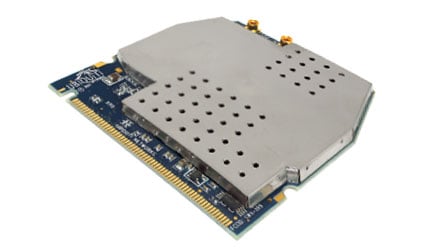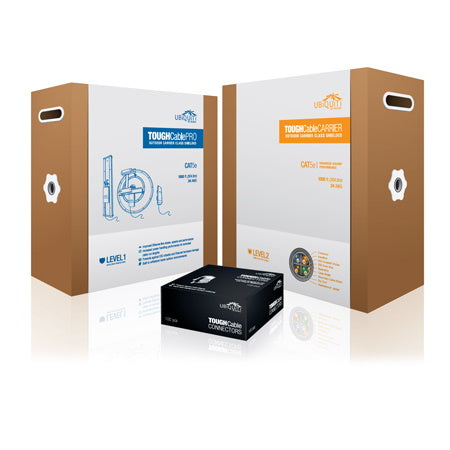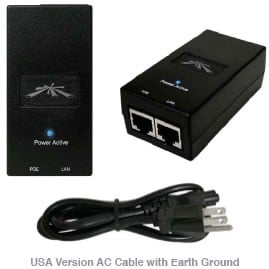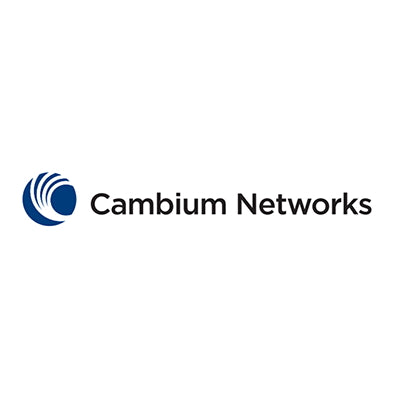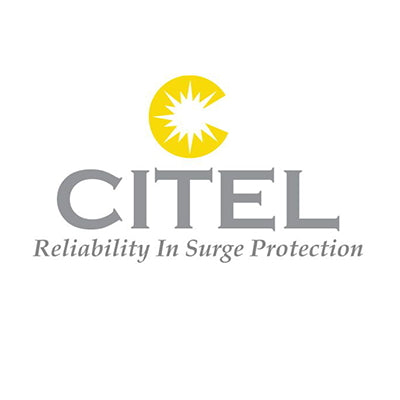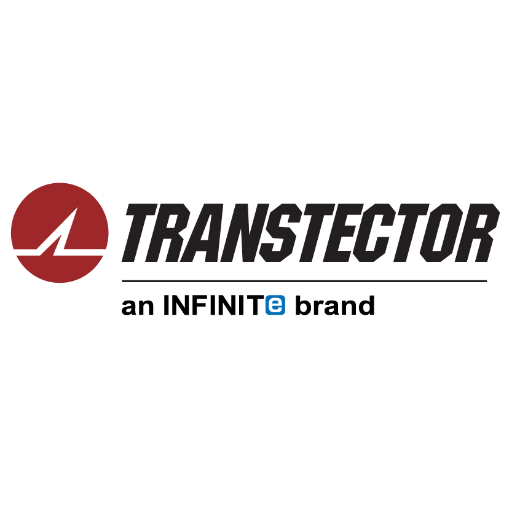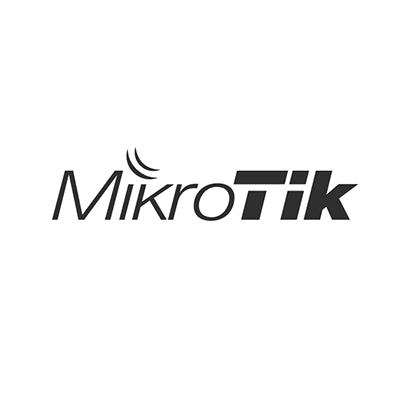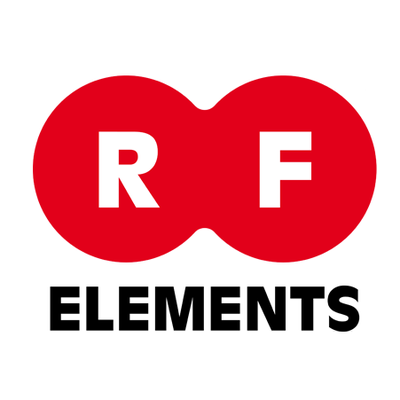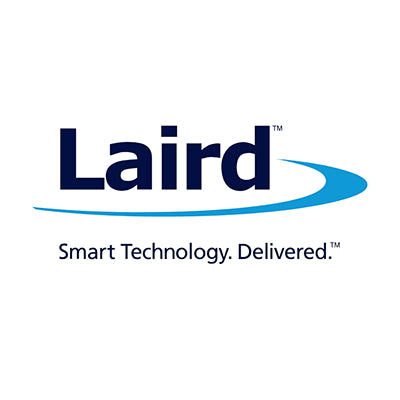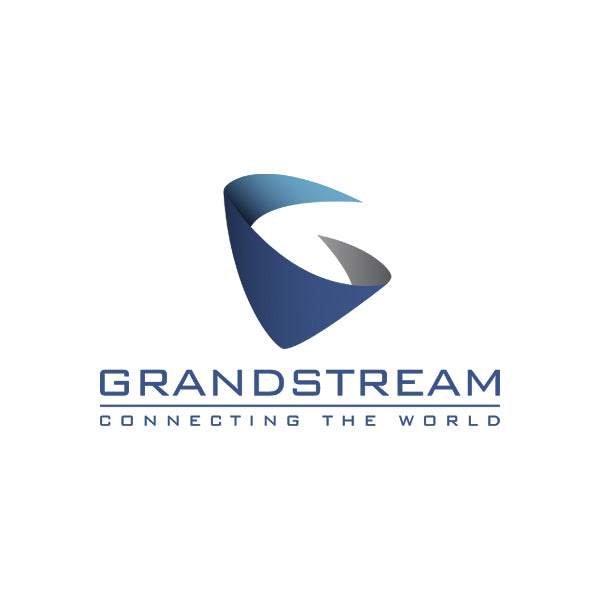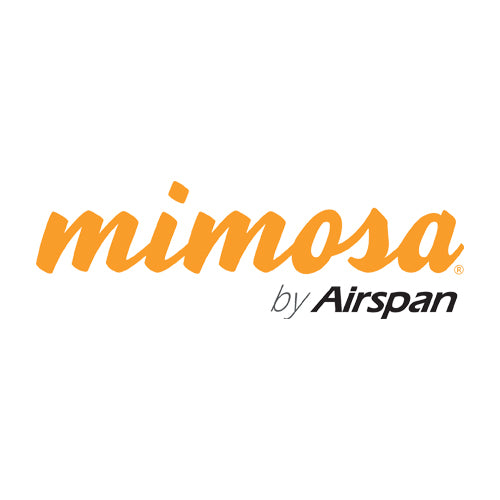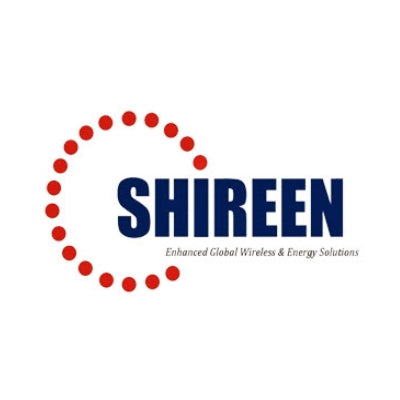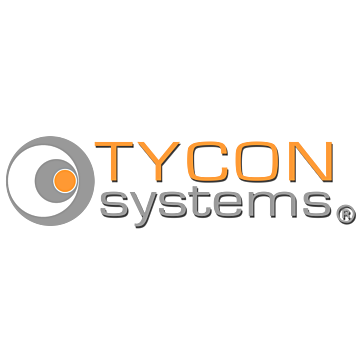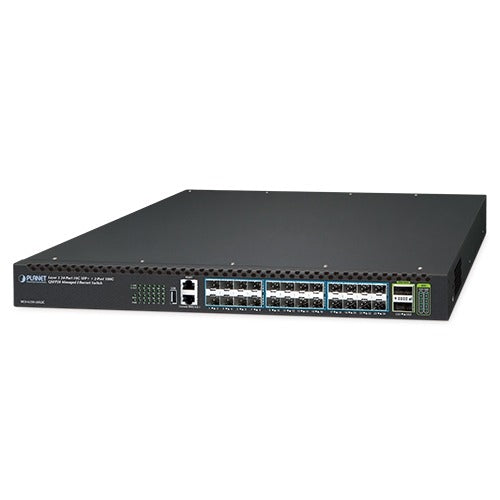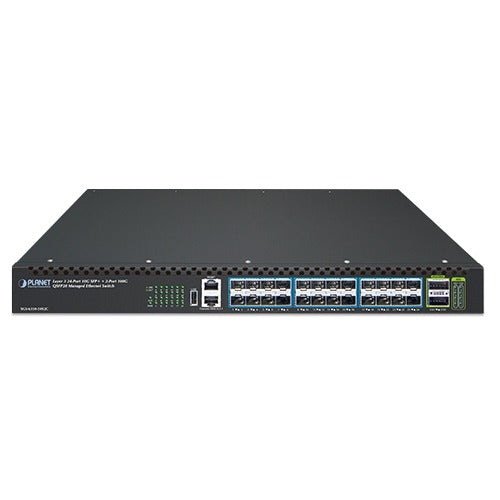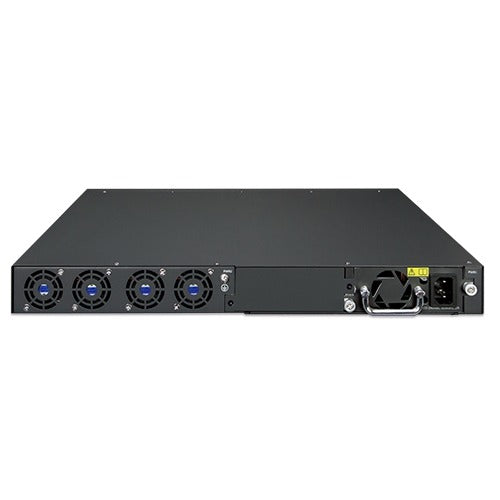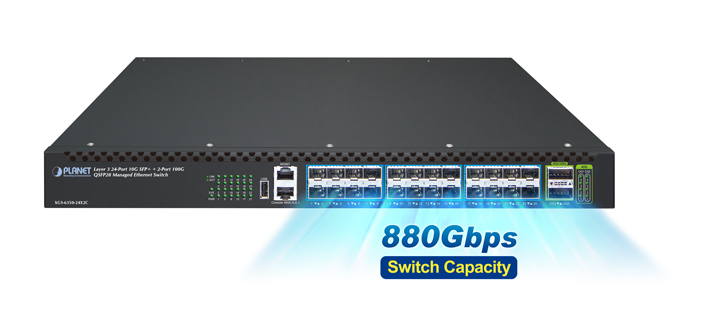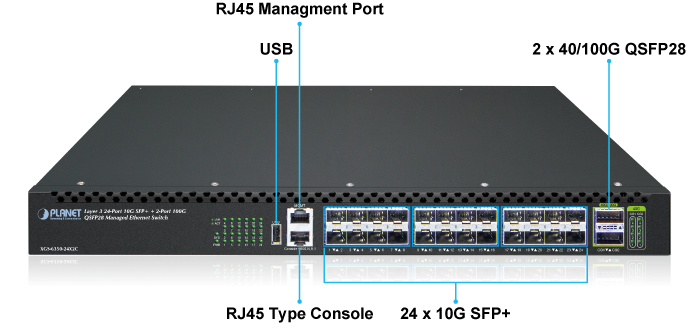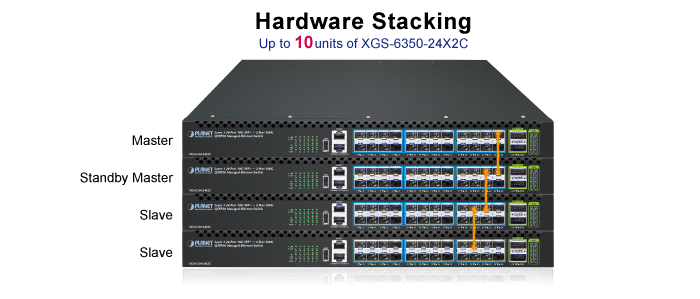Planet Technology
Planet Layer 3 24-Port 10G SFP+ + 2-Port 100G QSFP28 Managed Ethernet Switch
MPN: XGS-6350-24X2C
SKU: PLA-XGS-6350-24X2C
$1,895
Share
| Hardware Specifications | |
|---|---|
| QSFP28 Slots | 2 with each having native 100/40 Gigabit Ethernet and 4 10 Gigabit Ethernet ports |
| SFP+ Slots | 24 10GBASE-SR/LR SFP+ interfaces Compatible with 1000BASE-SX/LX/BX SFP transceiver |
| MGMT | 1 x 10/100/1000BASE-T RJ45 port |
| Console | 1 x RJ45-to-DB9 serial port (9600, 8, N, 1) |
| USB | 1 x USB 2.0 |
| LED Indicator | System: PWR, SYS(Green) Ports: 10G SFP+ interfaces: LNK/ACT(Green) 40G/100G QSFP Port: LNK/ACT(Green) |
| Dimensions (W x D x H) | 442.5 x 300.1 x 44.6 mm 1U height |
| Weight | 5716g |
| Power Consumption | 50.5 watts/172 BTU (maximum) |
| Power Requirements | AC 100~240V, 50/60Hz |
| Fan | 4 |
| Switching Performance | |
| Switch Architecture | Store-and-forward |
| Switch Capacity | 880Gbps/non-blocking |
| Switch Throughput | 654Mpps |
| Address Table | 132K MAC address table with auto learning function |
| Shared Data Buffer | 4.5MB |
| Flow Control | Back pressure for half duplex IEEE 802.3x pause frame for full duplex |
| Jumbo Frame | 9KB |
| Routing Table | IPv4: 16K IPv6: 8K |
| IPv4 Layer 3 Functions | |
| IP Routing Protocol | RIP v1/v2 OSPFv2 BGP (Border Gateway Protocol) Static routing |
| Multicast Routing Protocol | PIM-DM and PIM-SM PIM-SSM |
| VRRP | Configure VRRP in interface VLAN: VRRP priority VRRP standby VRRP track |
| Routing Features | VRRP Policy routing Load balance through equal-cost routing BFD (Bidirectional Forwarding Detection) for OSPF and BGP |
| DHCP | DHCP client DHCP server, default route DHCP relay |
| IPv6 Layer 3 Functions | |
| IP Routing Protocol | RIPng OSPFv3 BGP4+ |
| Routing Features | Manual tunnel ISATAP tunnel 6-to-4 tunnel |
| IPv6 Functions | ICMPv6, DHCPv6, ACLv6, IPv6 Telnet IPv6 Neighbor Discovery Path MTU Discovery |
| Layer 2 Function | |
| Port Configuration | Port disable/enable Auto-negotiation 10/100/1000Mbps full and half duplex mode selection Flow control disable/enable Bandwidth control on each port Port loopback detect |
| Port Status | Display each port’s speed duplex mode, link status, flow control status and auto negotiation status |
| VLAN | IEEE 802.1Q tag-based VLAN, up to 4K VLAN entries IEEE 802.1ad Q-in-Q VLAN stacking/tunneling GVRP for VLAN management Private VLAN Edge (PVE) supported Protocol-based VLAN MAC-based VLAN IP subnet VLAN |
| Spanning Tree Protocol | IEEE 802.1D Spanning Tree Protocol (STP) IEEE 802.1w Rapid Spanning Tree Protocol (RSTP) IEEE 802.1s Multiple Spanning Tree Protocol (MSTP) BPDU protection, root protection |
| IPv4 IGMP Snooping | IPv4 IGMP v1/v2/v3 snooping IGMP Fast Leave IPv4 Querier mode support IGMP Filtering and IGMP Throttling IGMP Proxy reporting |
| IPv6 MLD Snooping | IPv6 MLD v1/v2 snooping Multicast VLAN Register (MVR) |
| Bandwidth Control | Ingress and Egress At least 64Kbps stream |
| Ring | Supports ITU-T G.8032 ERPS |
| Link Aggregation | IEEE 802.3ad LACP/static trunk Supports 32 groups with 8 ports per trunk group |
| QoS | 8 priority queues on all switch ports Traffic Supervision and Traffic Shaping Scheduling for priority queues Weighted Round Robin (WRR) Strict priority (SP) SP+WRR Traffic classification: IEEE 802.1p CoS DSCP DiffServ Precedence TOS VLAN ID IP ACL MAC ACL Port ACL Policy-based ingress and egress QoS 802.1p and DSCP priority remark |
| Authentication | IEEE 802.1x port-based network access control AAA authentication: TACACS+ and IPv4/IPv6 over RADIUS |
| Security Function | |
| Access Control List | Supports Standard and Expanded ACL IP-based ACL/MAC-based ACL/Port-based ACL Time-based ACL Up to 1K entries |
| Security | Port isolation Port security, supports IP + MAC + port binding Identification and filtering of L2/L3/L4 based ACL Defend against DOS or TCP attacks Suppression of broadcast, multicast and unknown unicast packet DHCP Snooping, DHCP Option 82 Command line authority control based on user levels |
| AAA | TACACS+ and IPv4/IPv6 over RADIUS |
| Network Access Control | IEEE 802.1x port-based network access control |
| Management Function | |
| System Configuration | Console and Telnet Web browser SNMP v1, v2c |
| Secure Management Interfaces | SSHv2, SSLv3 TLS v1.3 and SNMPv3 Maximum 8 sessions for SSH and Telnet connection |
| System Management | Supports both IPv4 and IPv6 Protocols Supports the user IP security inspection for IPv4/IPv6 SNMP Supports MIB and TRAP Supports TFTP, FTP Supports IPv4/IPv6 NTP Supports RMON 1, 2, 3, 9 groups Supports the RADIUS authentication for IPv4/IPv6 Telnet user name and password Supports Change of Authorization (COA) The right configuration for users to adopt RADIUS server’s shell management Supports CLI, console, Telnet Supports Security IP safety net management function: avoid unlawful landing at non-restrictive area Supports TACACS+ Supports SPAN, RSPAN |
| Stacking Management | 10 members max. 2 software-defined ports function as Stacking Up and Down interfaces |
| Event Management | Supports syslog server for IPv4 and IPv6 |
| SNMP MIBs | RFC 1213 MIB-II RFC 1215 Internet Engineering Task Force RFC 1271 RMON RFC 1354 IP-Forwarding MIB RFC 1493 Bridge MIB RFC 1643 Ether-like MIB RFC 1907 SNMPv2 RFC 2011 IP/ICMP MIB RFC 2012 TCP MIB RFC 2013 UDP MIB RFC 2096 IP forward MIB RFC 2233 if MIB RFC 2452 TCP6 MIB RFC 2454 UDP6 MIB RFC 2465 IPv6 MIB RFC 2466 ICMP6 MIB RFC 2573 SNMPv3 notification RFC 2574 SNMPv3 VACM RFC 2674 Bridge MIB Extensions |
| Standard Conformance | |
| Regulatory Compliance | FCC Part 15 Class A, CE |
| Standards Compliance | IEEE 802.3z Gigabit 1000BASE-SX/LX IEEE 802.3ae 10Gb/s Ethernet IEEE 802.3x flow control and back pressure IEEE 802.3ad port trunk with LACP IEEE 802.1D Spanning Tree Protocol IEEE 802.1w Rapid Spanning Tree Protocol IEEE 802.1s Multiple Spanning Tree Protocol IEEE 802.1p Class of Service IEEE 802.1Q VLAN tagging IEEE 802.1X port authentication network control IEEE 802.1ab LLDP RFC 768 UDP RFC 793 TFTP RFC 791 IP RFC 792 ICMP RFC 2068 HTTP RFC 1112 IGMP v1 RFC 2236 IGMP v2 RFC 3376 IGMP v3 RFC 2710 MLD v1 FRC 3810 MLD v2 RFC 2328 OSPF v2 RFC 1058 RIP v1 RFC 2453 RIP v2 RFC 5176 COA |
| Environment | |
| Operating | Temperature: 0 ~ 50 degrees C Relative Humidity: 10 ~ 85% (non-condensing) |
| Storage | Temperature: -40 ~ 80 degrees C Relative Humidity: 5 ~ 95% (non-condensing) |
